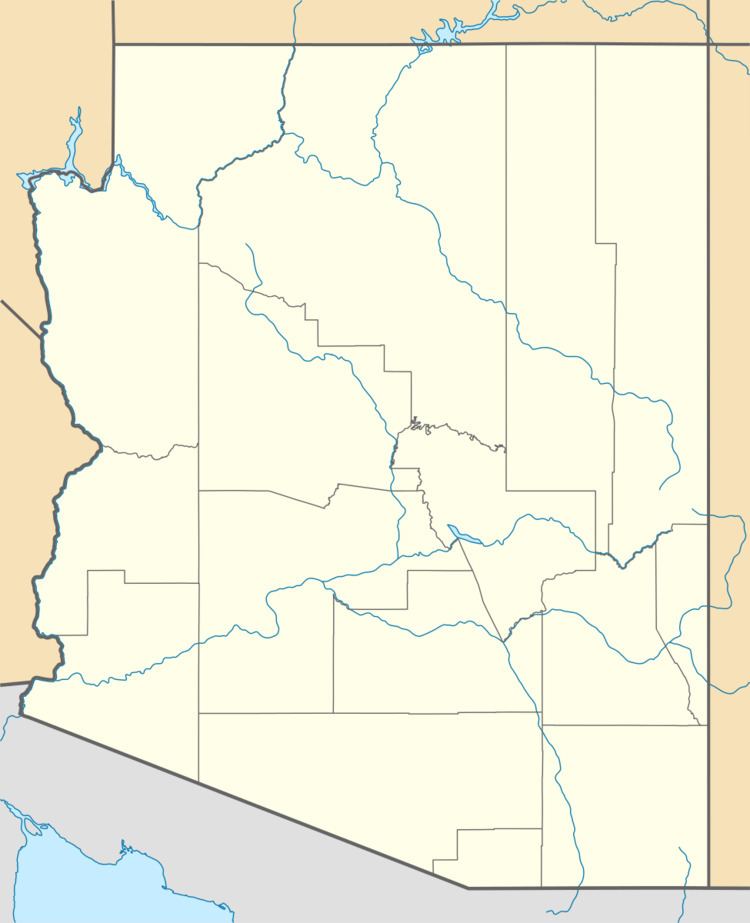Country United States Time zone MST (no DST) (UTC-7) Local time Friday 12:43 AM | Abandoned 1875 Elevation 178 m Population 0 (2009) | |
 | ||
Weather 14°C, Wind SE at 2 km/h, 57% Humidity | ||
La Paz was a short-lived, early gold mining town along the Colorado River in La Paz County on the western border of the U.S. state of Arizona. It was the location of the La Paz Incident in 1863, the westernmost confrontation of the American Civil War. The town was settled in 1862 in New Mexico Territory, before the Arizona Territory was officially declared a United States territory by President Abraham Lincoln. Today it is a deserted ghost town. In 1983, long after the town was deserted, the name was adopted by the newly formed Arizona county of La Paz. La Paz is Spanish for "peace"; the town was presumably named after another earlier town named La Paz, such as La Paz, Bolivia, or La Paz, Baja California Sur.
Contents
History
Mountain man Pauline Weaver discovered gold in the vicinity in January 1862, starting the Colorado River gold rush. La Paz grew up in the spring of 1862 along the Colorado River to serve the miners washing placer gold in the La Paz Mining District. This district produced about 50,000 troy ounces of gold per year in 1863 and 1864. La Paz had a population of 1,500 and was a stage stop between Fort Whipple, Arizona and San Bernardino, California. The town was the county seat of Yuma County from 1864 to 1870, and as the largest town in the territory in 1863 was considered for the Arizona territorial capital.
The placers were largely exhausted by 1863, but the community hung on as a shipping port for steamboats of the Colorado River and supply base until the Colorado River shifted its course westward in 1866, leaving La Paz landlocked. The shipping business was taken over by a new river town, Ehrenberg, six miles south. In 1870 the population of La Paz had declined to 254. In 1871 the county seat was moved to Arizona City, later renamed Yuma in 1873. The county records were shipped to Yuma by Captain Polhamus in the Nina Tilden. Soon La Paz became deserted and as peaceful as its name.
Today nothing remains of La Paz except a couple of crumbling stone foundations and a historical marker.
Geography
La Paz is located at 33°40′45″N 114°25′35″W, at an elevation of 584 feet (178 m) above sea level.
